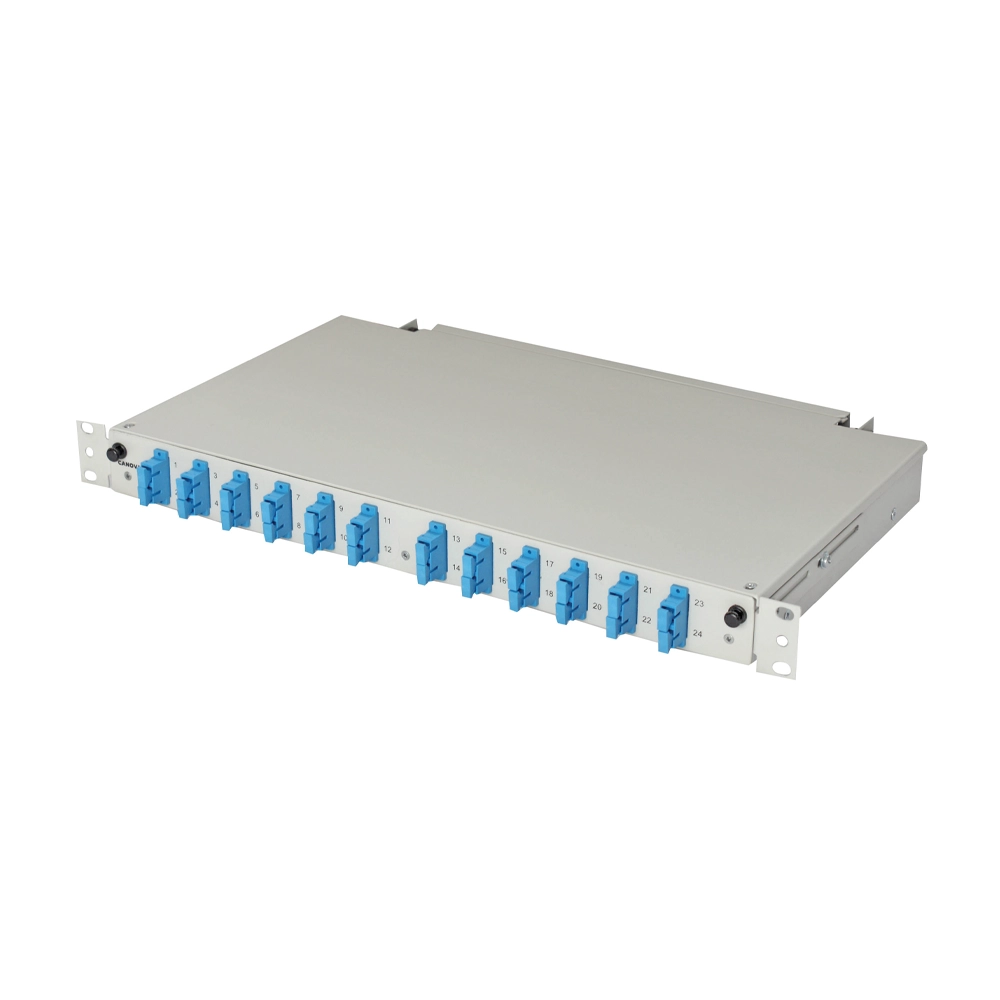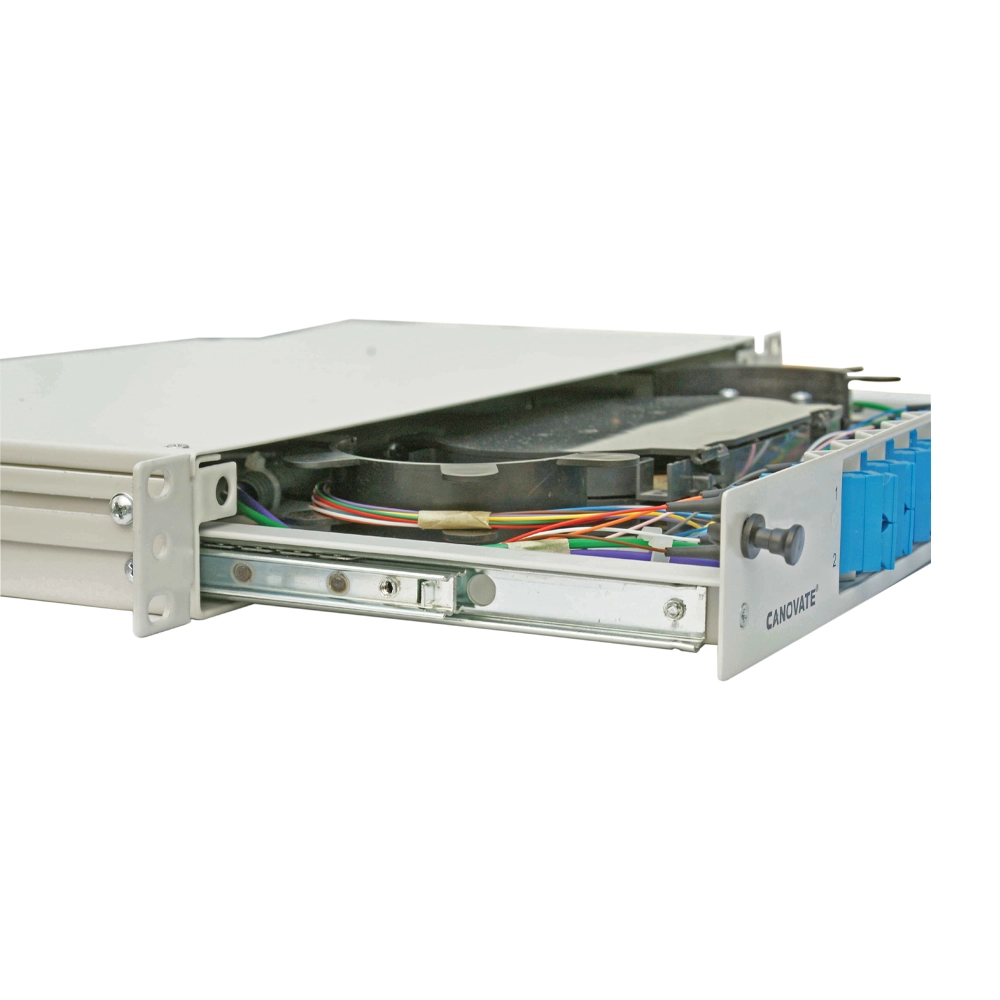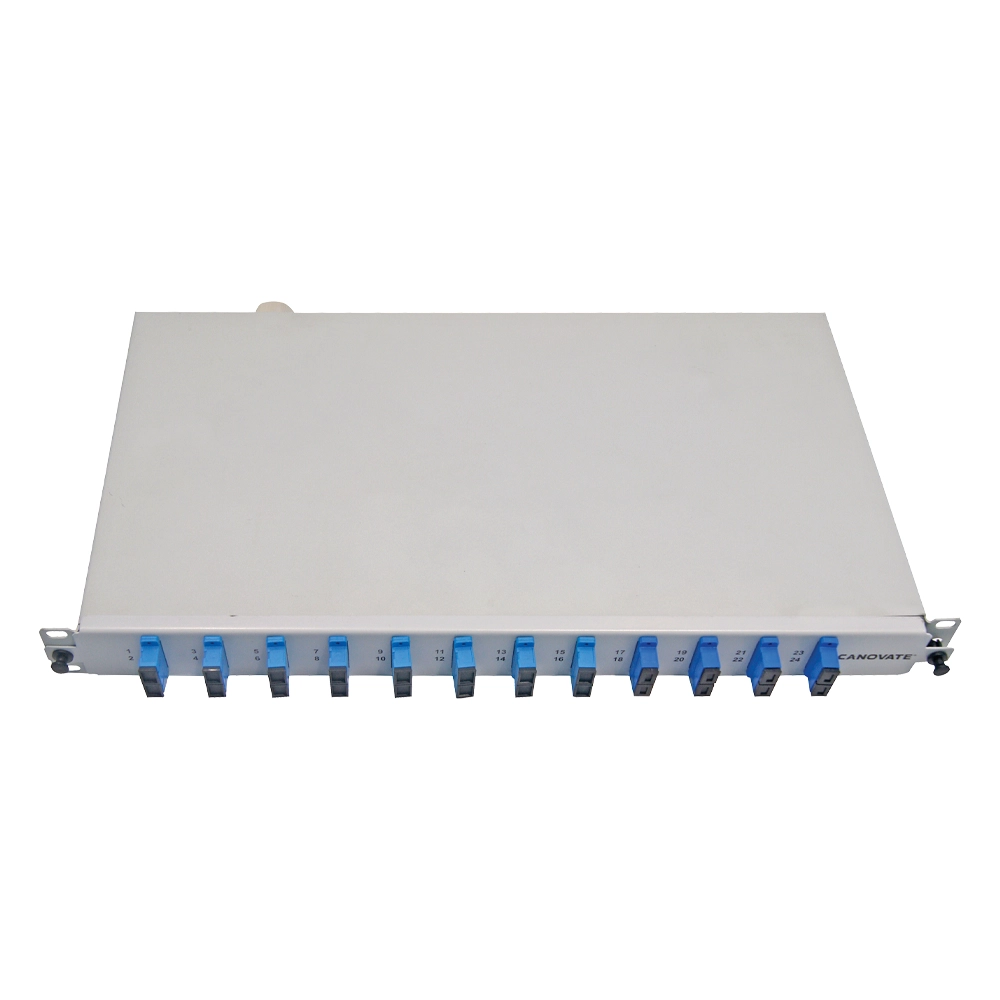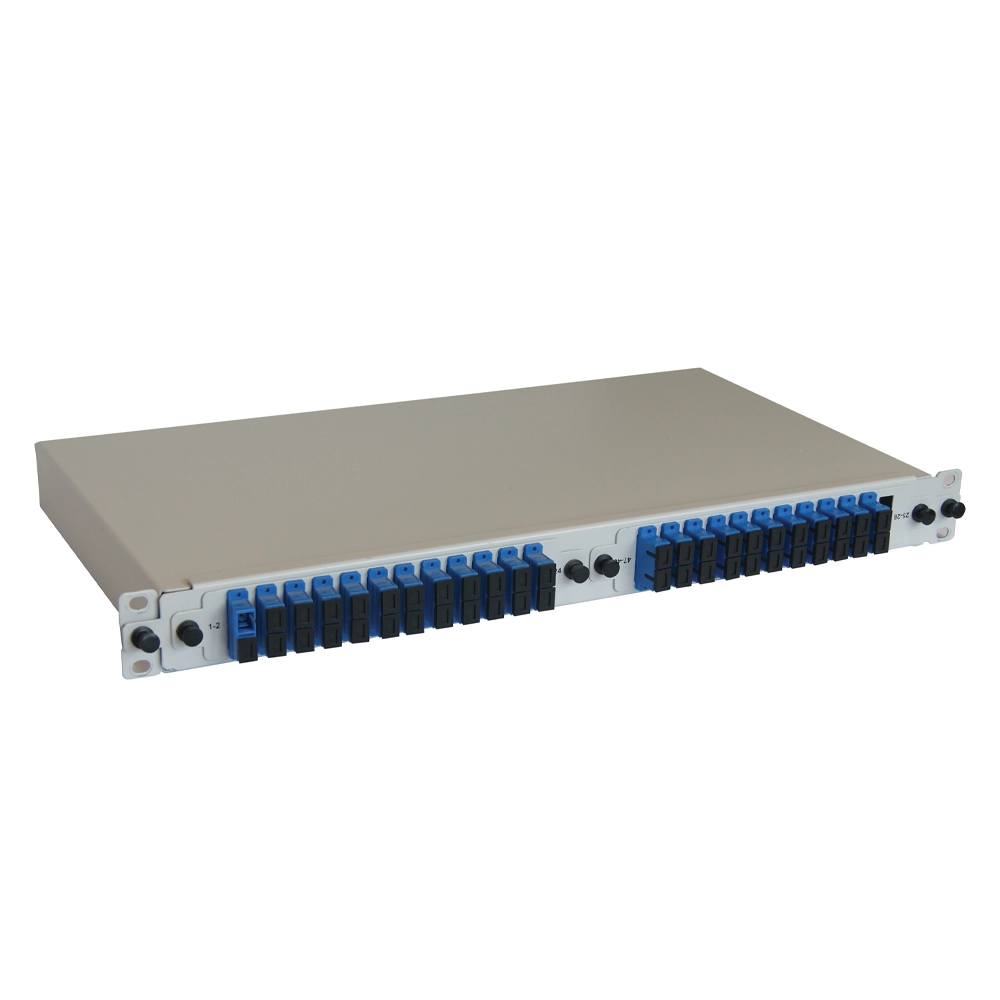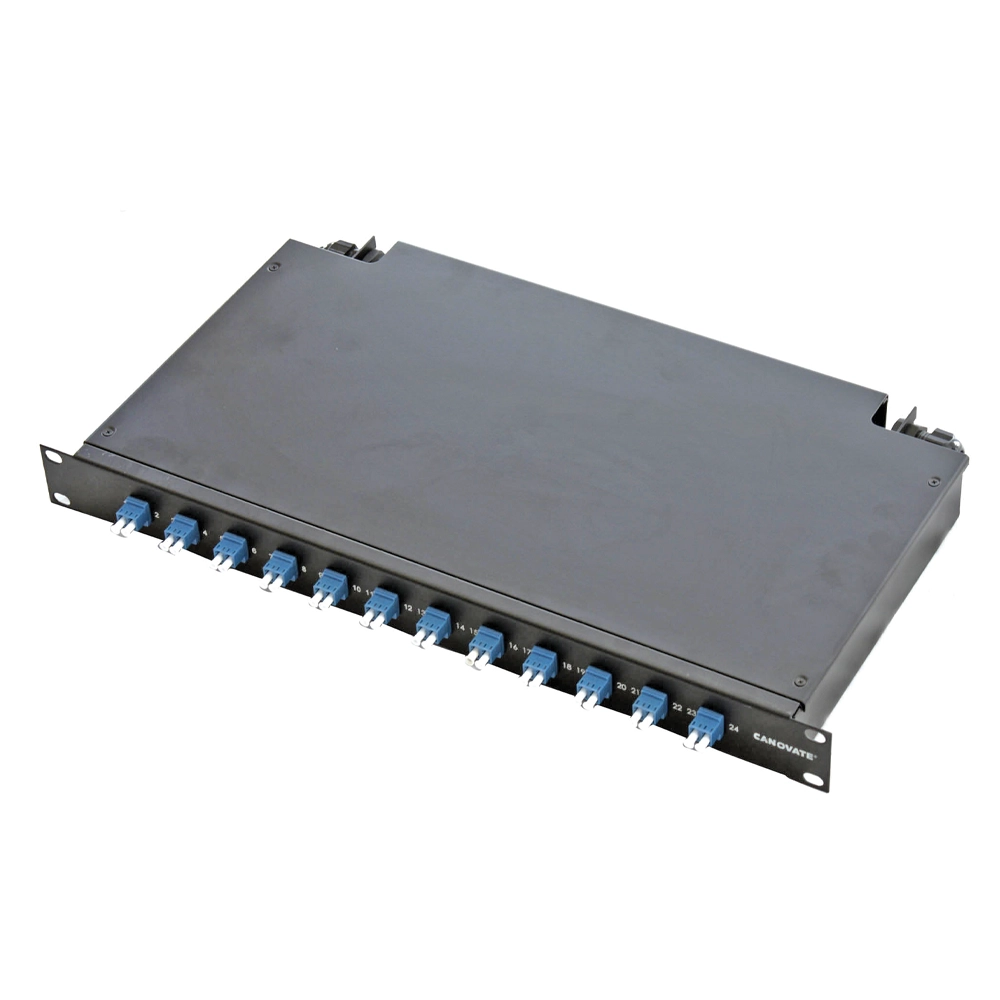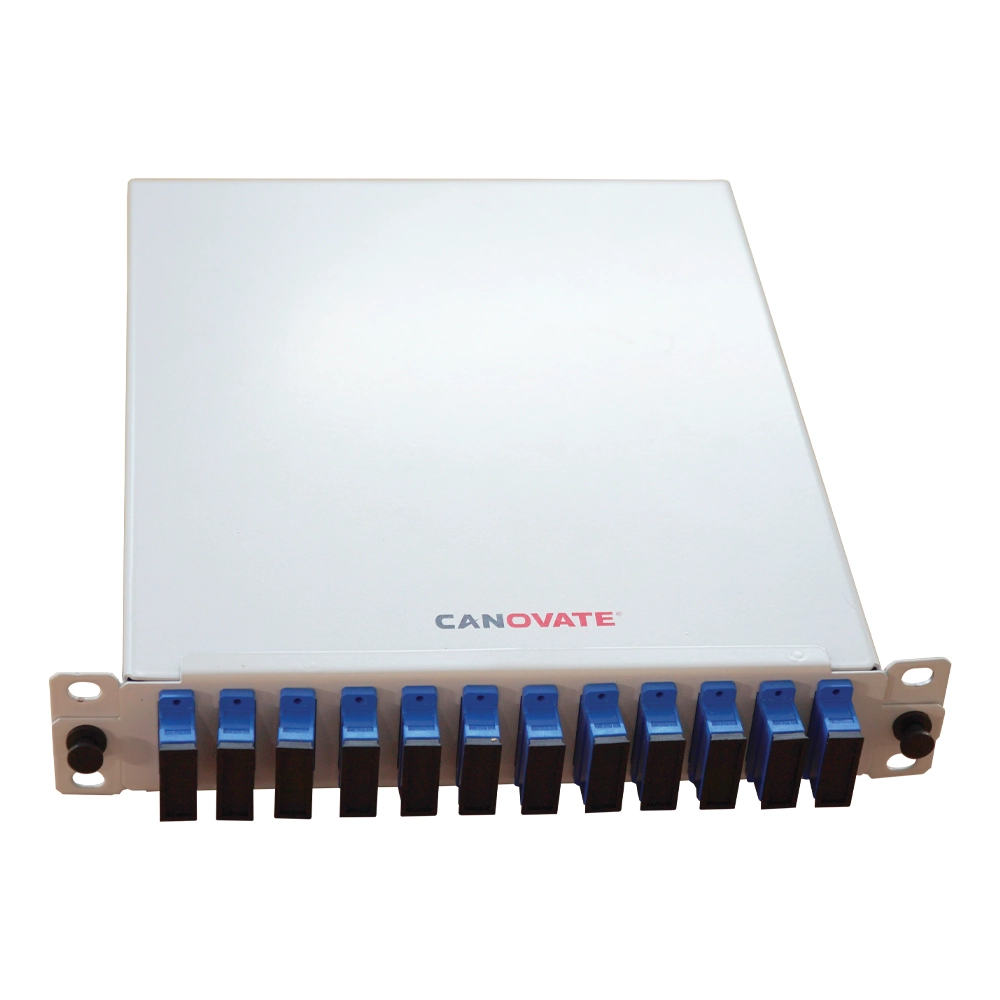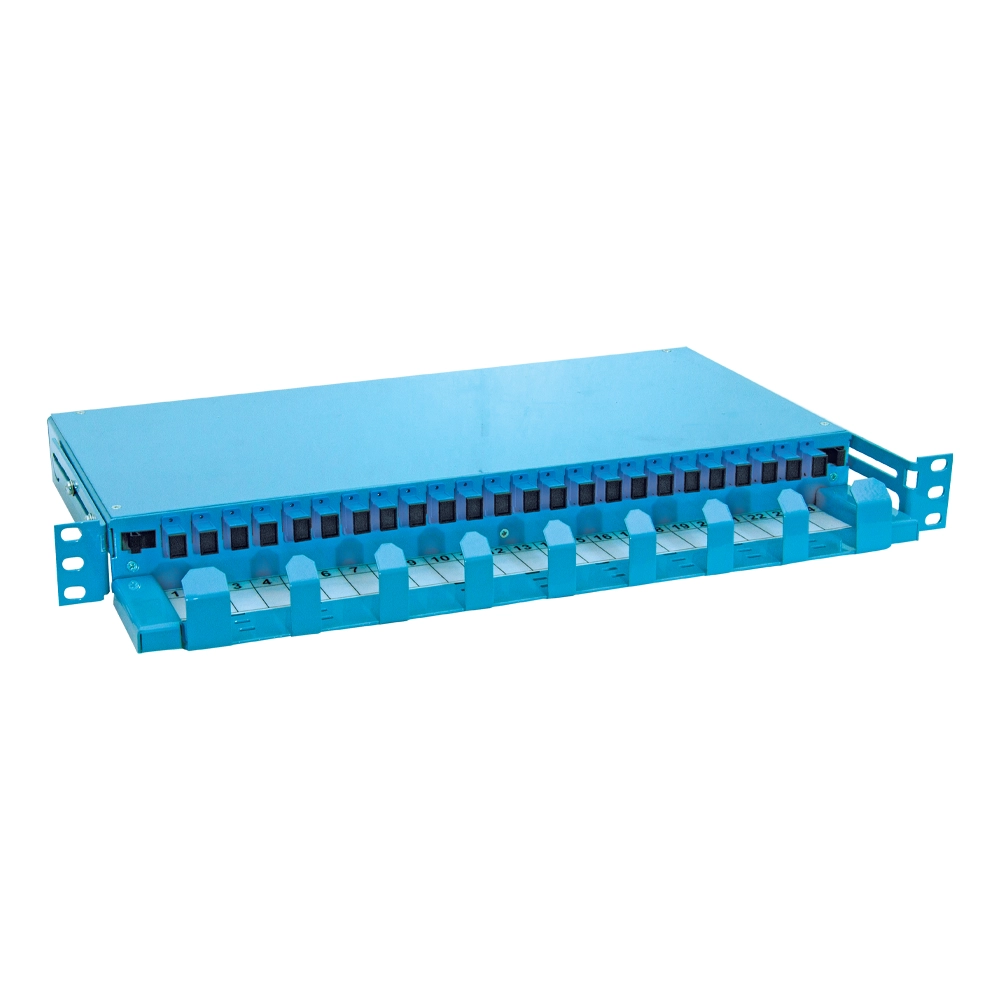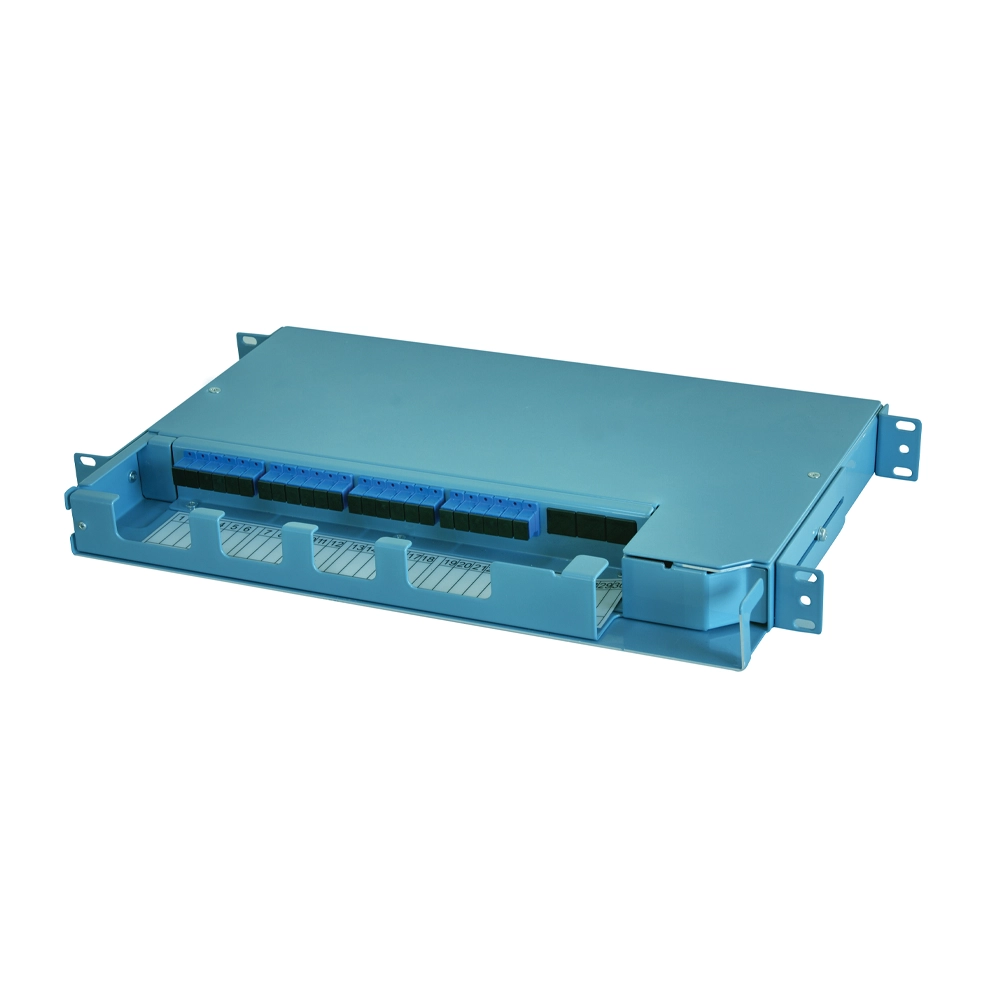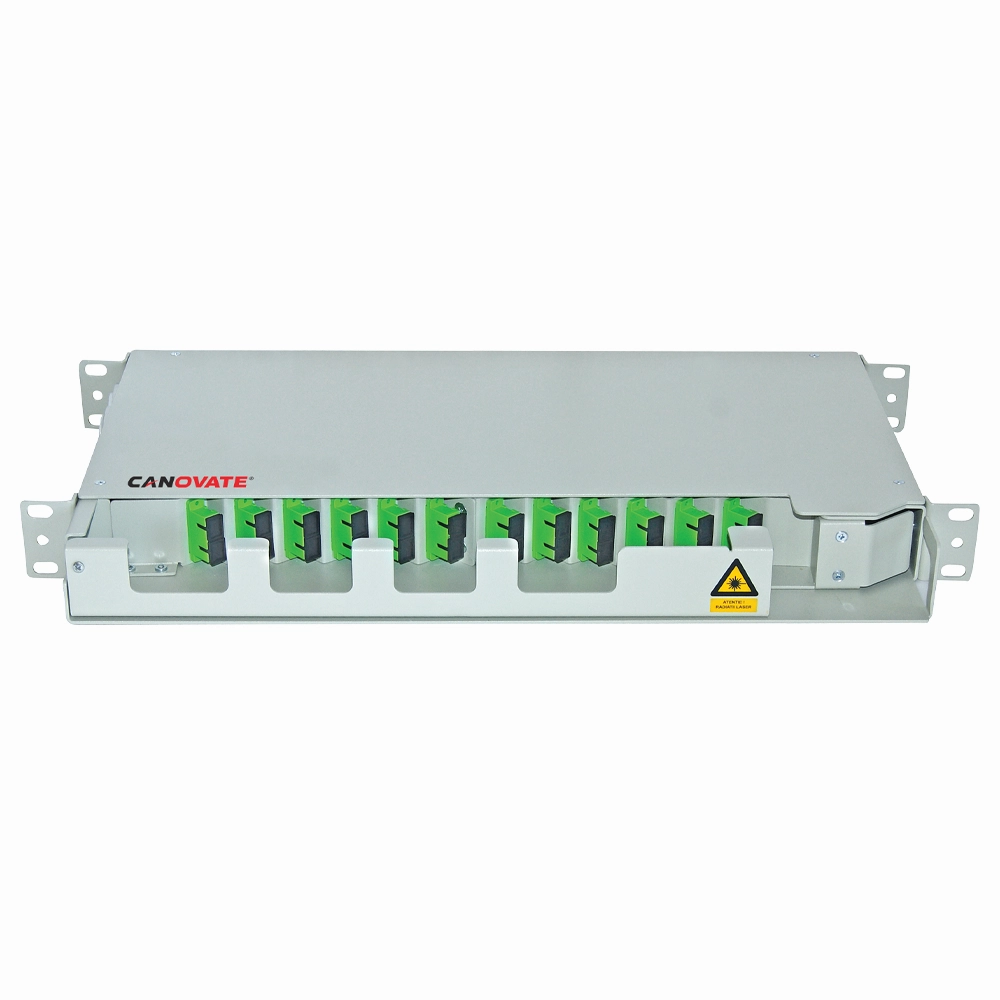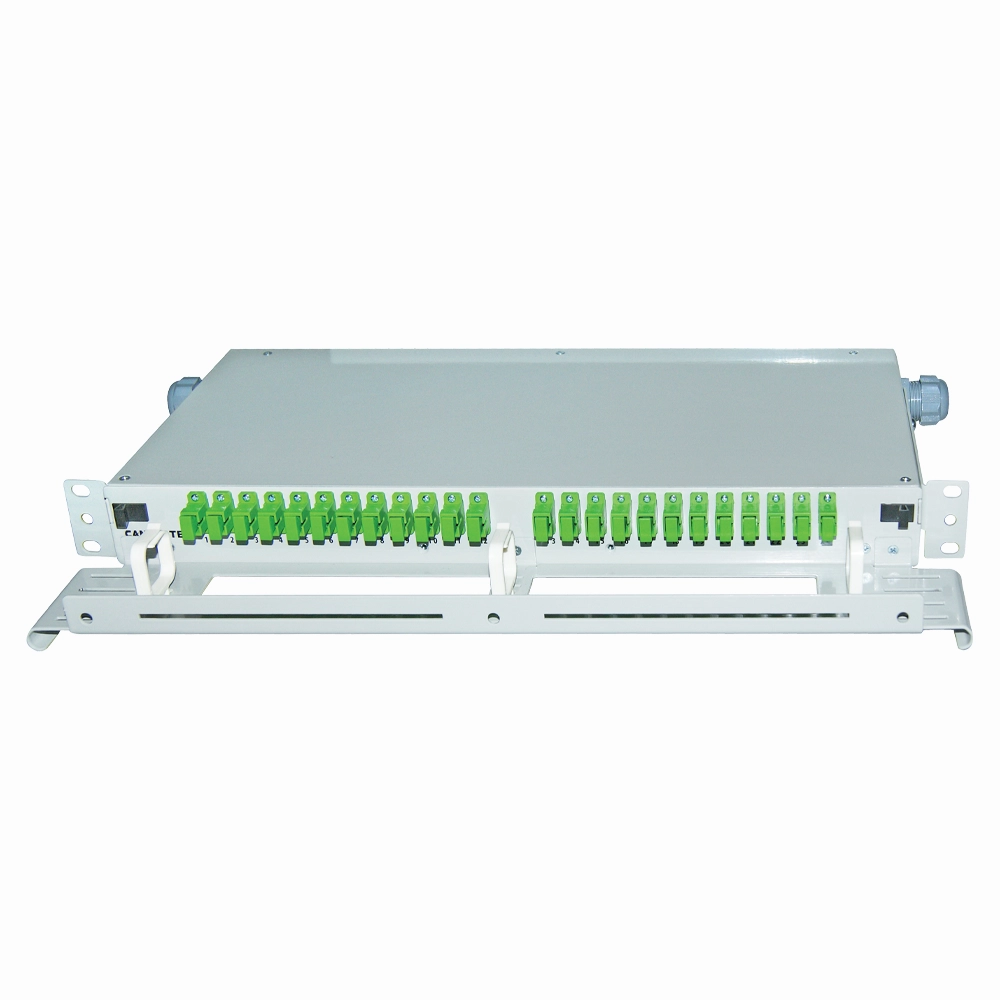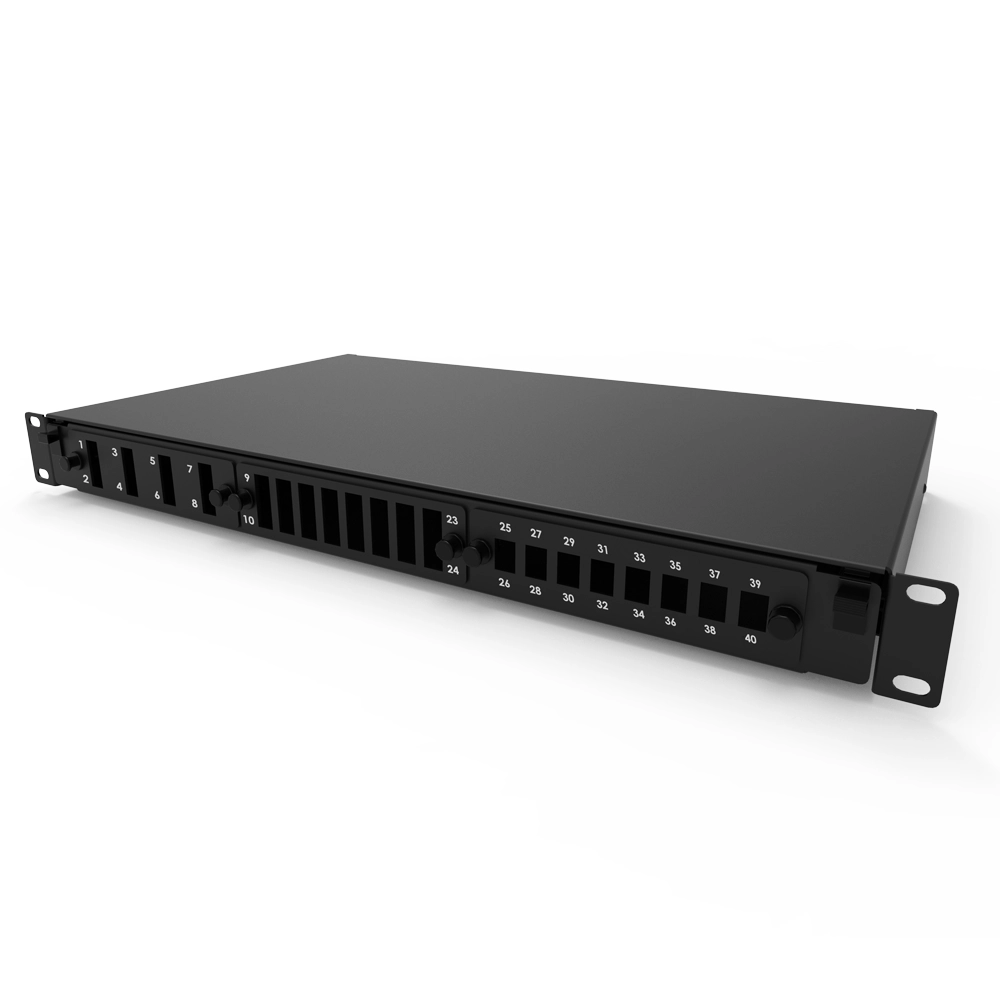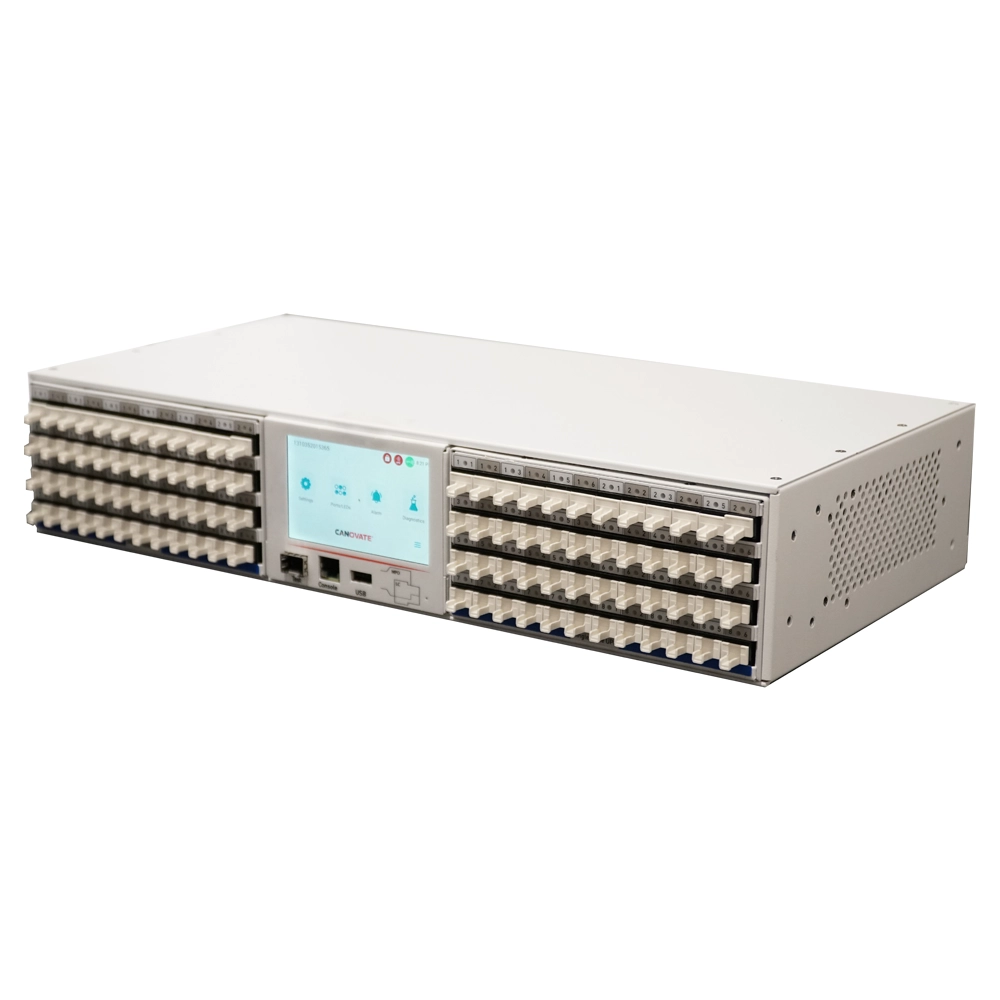FIBER PATCH PANELS
Fiber Patch Panels: Essential Components in Fiber Optic Communication Infrastructure
Fiber patch panels, also known as fiber patch boards, are devices used in fiber optic communication infrastructure, commonly employed in areas such as data centers, telecommunications infrastructure, and network management. These panels serve the function of bringing together, routing, and organizing connections for different types of fiber optic cables. Fiber patch panels play a significant role in aspects such as cable management, accessibility of connection points, and overall organization.
Here are some key features of fiber patch panels:
1. Aggregation of Connection Points:
- Fiber patch panels bring together connection points for various types and sizes of fiber optic cables. These panels typically include connection points where fiber optic connectors can be inserted.
2. Routing and Distribution:
- Fiber patch panels perform the function of routing fiber optic signals in different directions. They are used in places like data centers to facilitate signal distribution among different servers or equipment.
3. Organization and Cable Management:
- Fiber patch panels ensure the orderly placement and management of fiber optic cables. They contribute to reducing cable complexity, thereby facilitating maintenance processes.
4. Temperature Control:
- Some fiber patch panels may include special cooling systems or ventilation mechanisms to protect the equipment inside from extreme temperature changes.
5. Flexibility and Expandability:
- Thanks to their modular designs, fiber patch panels can be easily expanded and support different types of connectors. This flexibility allows for future scalability and adaptability.
6. Security:
- Fiber patch panels may incorporate locking mechanisms and security measures to provide access control and prevent unauthorized access.
Fiber patch panels play an indispensable role in the installation and management of fiber optic networks. These panels contribute to reducing cable complexity, facilitating signal routing, and organizing connection points. As a result, the communication infrastructure becomes more organized, accessible, and easier to maintain.





